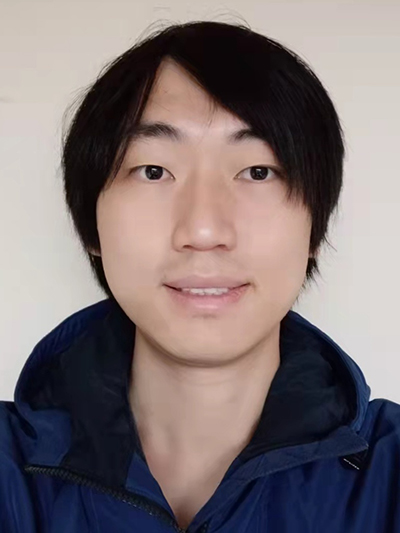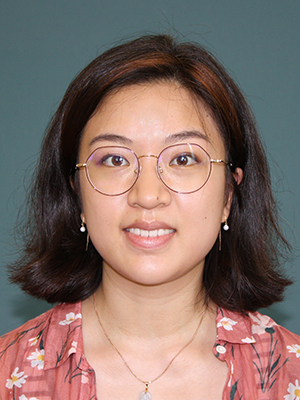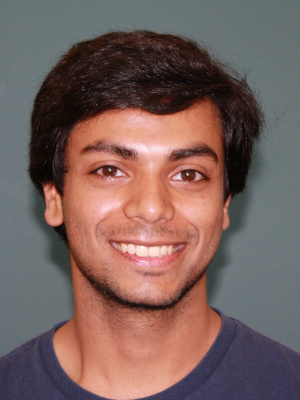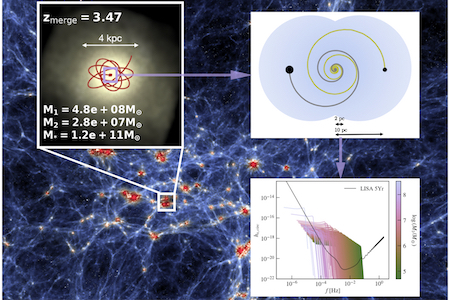Announcing the McWilliams/PSC Seed Grant 2022 Recipients
The McWilliams Center for Cosmology has partnered with the Pittsburgh Supercomputing Center (PSC) to determine the recipients of a seed grant program to support faculty, postdoctoral fellows, and research staff who want to explore a new area of research or jumpstart their research activity. The program is designed to encourage genuine collaborations between faculty and postdocs affiliated with the Center for Cosmology and the PSC that involve either new avenues of research or the feasibility testing of new methods.
The one-year seed grants will provide $10,000-$50,000 in support for researchers to conduct preliminary analyses, demonstrate proof of concept, collect preliminary data, and establish the potential for high impact of the proposed idea for future proposal submissions.
The 2022 Seed Grant Recipients
Xiangchong Li
 The deep, wide galaxy images from Hyper Suprime-Cam (HSC) Survey offer a chance to construct a high-resolution three-dimensional mass map of dark matter and baryonic matter using the shape of distant galaxies via the weak gravitational lensing effect. We propose to develop an algorithm for simultaneous mass map reconstruction and galaxy cluster detection, and we will apply the algorithm to the HSC imaging survey. By locating (on the transverse plane and redshift direction) and weighing massive galaxy clusters from the mass map, we can measure the redshift evolution of cluster abundance from weak lensing, which will be used to perform inferences on cosmological models.
The deep, wide galaxy images from Hyper Suprime-Cam (HSC) Survey offer a chance to construct a high-resolution three-dimensional mass map of dark matter and baryonic matter using the shape of distant galaxies via the weak gravitational lensing effect. We propose to develop an algorithm for simultaneous mass map reconstruction and galaxy cluster detection, and we will apply the algorithm to the HSC imaging survey. By locating (on the transverse plane and redshift direction) and weighing massive galaxy clusters from the mass map, we can measure the redshift evolution of cluster abundance from weak lensing, which will be used to perform inferences on cosmological models.
Alex Malz
Illuminating the dark universe with upcoming observational cosmology missions will require an unprecedented degree of innovation to develop analysis techniques appropriate for tremendous volumes of low signal-to-noise data. The "Impossible Problems" interactive seminar series will catalyze solutions to these methodological challenges by facilitating collaboration opportunities between cosmologists and the computing, statistics, and machine learning communities. Events will feature a pair of short talks, one on an open problem that cosmologists are now facing and one on a promising new development in data science that ought to be applicable to the anticipated data, followed by a wine and cheese reception to encourage discussion between observational cosmologists and data science specialists across multiple subfields and institutions.
Nianyi Chen & Diptajyoti Mukherjee
 The upcoming Laser Interferometer Space Antenna (LISA) mission will be able to detect low-frequency gravitational waves (GWs) from the coalescence of massive black holes (MBHs), providing a unique way of probing the high-redshift universe and understanding the early formation of the MBH seeds.
The upcoming Laser Interferometer Space Antenna (LISA) mission will be able to detect low-frequency gravitational waves (GWs) from the coalescence of massive black holes (MBHs), providing a unique way of probing the high-redshift universe and understanding the early formation of the MBH seeds.
To better understand the astrophysical implications of the upcoming detection, we need careful modeling of the MBH binaries' orbital evolution and environments, but this is a challenging task due to the large dynamical range from milli-pc scales to kpc scales.In this work, we aim to bridge the gap between the cosmological hydrodynamical simulation and binary hardening models from fast N-body simulations, in order to self-consistently model the full dynamical range involved.
 In particular, we will propose a more resolution-robust, ML-based subgrid BH dynamical friction model for large cosmological simulations that is directly trained on fast N-body simulations.
In particular, we will propose a more resolution-robust, ML-based subgrid BH dynamical friction model for large cosmological simulations that is directly trained on fast N-body simulations.

